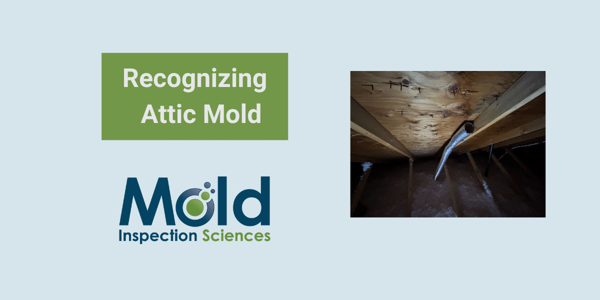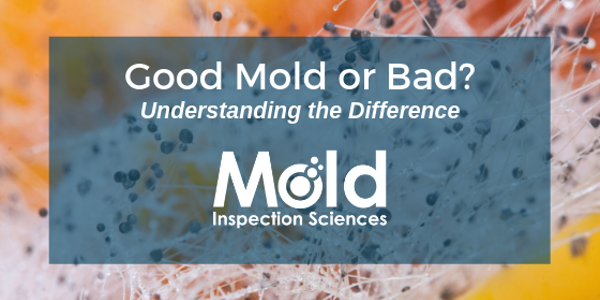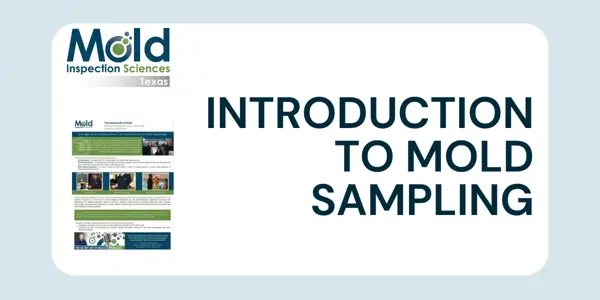Common Mold Myths
Mold myths debunked by an expert

There is an abundant amount of information available at our fingertips regarding mold. Much of it is relevant, accurate and useful information. The problem is that even the experts differ in opinion on some topics. As a Licensed Mold Inspector, I see many different situations and unusual conditions in homes, apartments and businesses. I also hear comments and read information that sometimes makes me scratch my head. So, I thought I'd discuss a couple of my favorite mold myths.
# 1: Only Black Mold is bad.
Mold can present itself in many different colors, and while it is true that the most concerning types of Mold, such as Stachybotrys, are commonly black in color, many types of mold that do not have a black appearance can cause adverse health effects for some individuals. Most mold professionals agree that indoor mold growth of any color is a potential health risk and should not be present inside homes and businesses. In addition, mold growth, of any color, inside a home or business is a sign of a water intrusion problem which can comprimise building materials, both structurally and cosmetically, and can be expensive to remedy.
Myth # 2: Bleach is an effective treatment for Mold
Bleach is comprised mostly of water and adding additional water to a mold problem is kind of like throwing gasoline on a fire. It appears to get rid of the mold initially, but all too frequently, the mold returns in a short period of time and the problem becomes worse than before the initial bleach treatment. The other shortcoming of bleach is that it will not reach or eliminate mold that is hiding in inaccessible areas. Such as inside wall cavities, under flooring, behind wallpaper, or mold that is absorbed into porous building materials, such as drywall. In most cases, it is best to leave the removal and cleaning of a mold problem to a professional mold remediation company.
Myth #3: You can just paint over Mold to seal it and prevent re-growth
Simply painting over mold affected building materials does not provide a long-term fix to a mold problem. We are often told by our clients that someone treated the mold with bleach and then sealed (painted) the area. This is most often times just a band-aid unless the initial cause of the mold growth is addressed and corrected. The underlying cause of most mold problems is excessive moisture and wet building materials, commonly due to water intrusion, leaks or excessive humidity. If the excessive moisture problem is not corrected, repaired or eliminated, then mold will most likely return.




